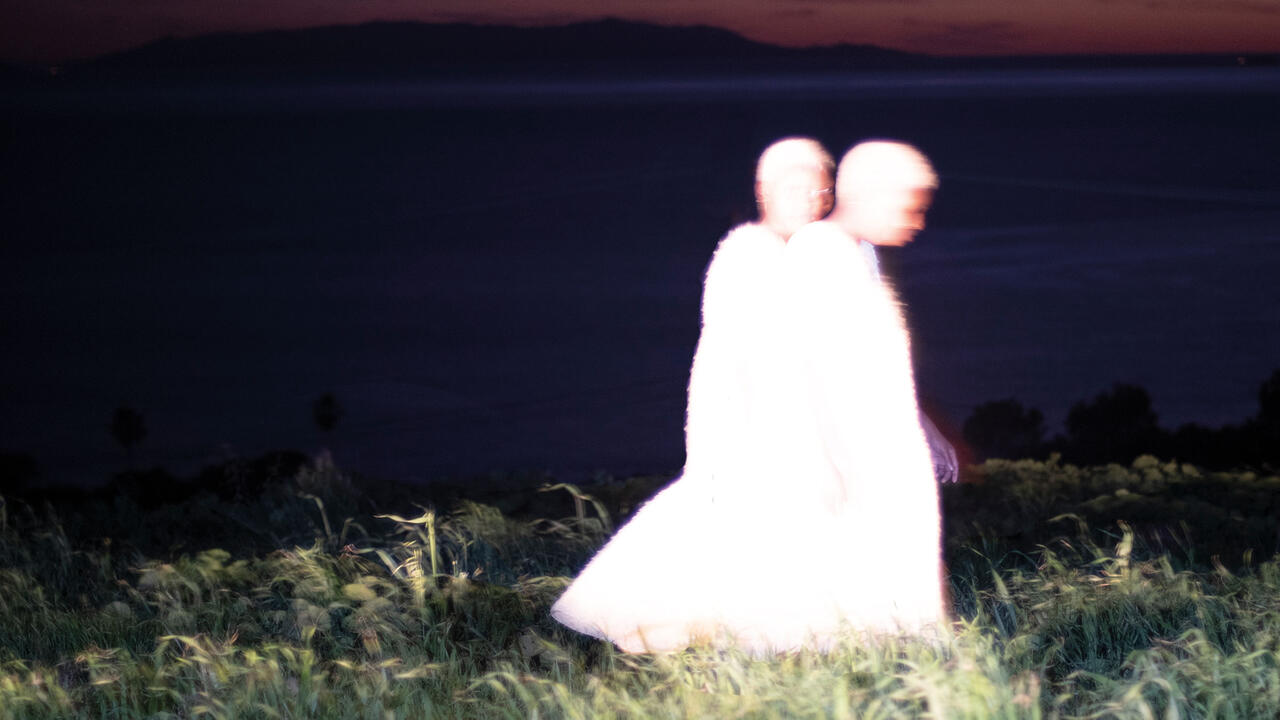Before I Was a Critic I Was a Human Being
Amy Fung’s new essay collection is an infuriated breakup letter to the art world
Amy Fung’s new essay collection is an infuriated breakup letter to the art world

Long ago, an art school acquaintance in Vancouver asked if I would be ‘going to Venice this year’. The question was so utterly perfunctory that he might as well have been inviting me for a beer around the corner. Although, unlike Venice, the neighbourhood bar was not separated from our campus by 8,600 kilometres and a couple of thousand dollars.
Like the return of repressed class confusion, this memory jolted to my mind while reading Amy Fung’s new collection of stories and essays, Before I Was a Critic I Was a Human Being (Book*hug Press). The book is an infuriated and self-searching breakup letter to the art world – in particular, its Canadian sector. Traversing the vast country, Fung unearths the structures of classism and racism upon which the nation and its art scene are built, and the ongoing neo-colonial history to which they are bound. Equal attention is given to Fung’s baffling position within this situation, as someone who moved from Kowloon, Hong Kong, as a child. In this place, opportunities for a working critic are scant. When they do appear, they are vexed by micro-aggressions, exploitation and mass historical trauma.
We begin in Scotland, on a writing residency, where Fung is called a ‘chink’ but a working-class kid. The racism doesn’t shock her; more so, the fact that she ‘spoke better English than he did, and that in my mind made me better than he would ever be.’ The passage is a stunning U-turn into self-reflection; class, we are reminded, is a mercurial and surprising tormentor. Recalling life in her hometown of Edmonton, the self-described ‘former art critic’ adroitly describes the feeling of finding oneself on either side of the privilege divide. Work for arts festivals leaves her feeling ‘exploited and burnt out’ – but probably less so than the local sex workers, who are grotesquely banned from an arts cafe. In the essay ‘The Bridge’, it is strongly suggested that the precarity of writing and publishing can exacerbate lethal socio-psychological circumstances. The piece weaves this topic into a beautifully and painfully told history of Edmonton’s Upper Levels Bridge, a common departure point from life. Three of Fung’s friends commit suicide: one mentor and two critics.
Fung convincingly articulates the existential and social conflicts that attend the enterprise of art criticism, conflicts only heightened in peripheral cities wherein contemporary art is considered either an eccentric hobby or an earnestly pursued vocation – one that cannot and should not have to withstand scrutiny. No one wants critical reviews ‘about the visual arts’, one editor implores. In order to flee this snarl of populism and consensus culture, Fung jumps aboard the blog-wagon. She ends up unpaid, but her autonomous voice opens doors.

The book’s most convincing passages find Fung reflecting on what she knows, sees and has learned. Too often, this effect is ham-strung by an unnecessary urge to bolster storytelling with teachable points. One example of many occurs as that superlatively retold encounter in Scotland is capped by a single, awkwardly explanatory sentence: ‘Born in Hong Kong and raised in Canada, my mind has been a deeply colonized place.’ It’s a lucid and upending point but, as the diaristic passage clashes with this didactic message, the writing’s affect gets confused, sputters and dies.
When Fung shows rather than tells, her impact deepens: working as a critic has meant negotiating the same complex of racism and privilege that dogged her youth. When a teenage pal names his car ‘Ol’ N****’, she wrestles with her own position as a Canadian of Asian descent who – although such people have endured manifold types of bigotry and abuse – is often free of the lethal prejudices that beset indigenous and black Canadians.
Late in the book, Fung lampoons the white supremacist absurdity of Canada’s biggest art award. While First Nations artists are honoured, their communities suffer: an unarmed indigenous youth named Colten Boushie is killed by an un-punished white farmer; indigenous families continue to untangle crippling residential school trauma. The gala is dominated by ‘large white men in suits […] their meaty paws clutching tumblers of melted ice.’ This prize – The Sobey Art Award – isn’t named. Neither is Boushie. This storytelling gambit lends a sense of personal familiarity to, but also obscures, the book’s angered and eminently compound image of Canada.
Fung’s chronicle of disenchantment is, in turns, necessarily and problematically complex. When the writer is distracted from art by social circumstances, she manifests reassuring sanity; likewise, in the many passages detailing little-known histories of non-white and non-metropolitan art. For many, these stories and the circumstances that attend them, will seem more important than Venice by a long Canadian mile.





















